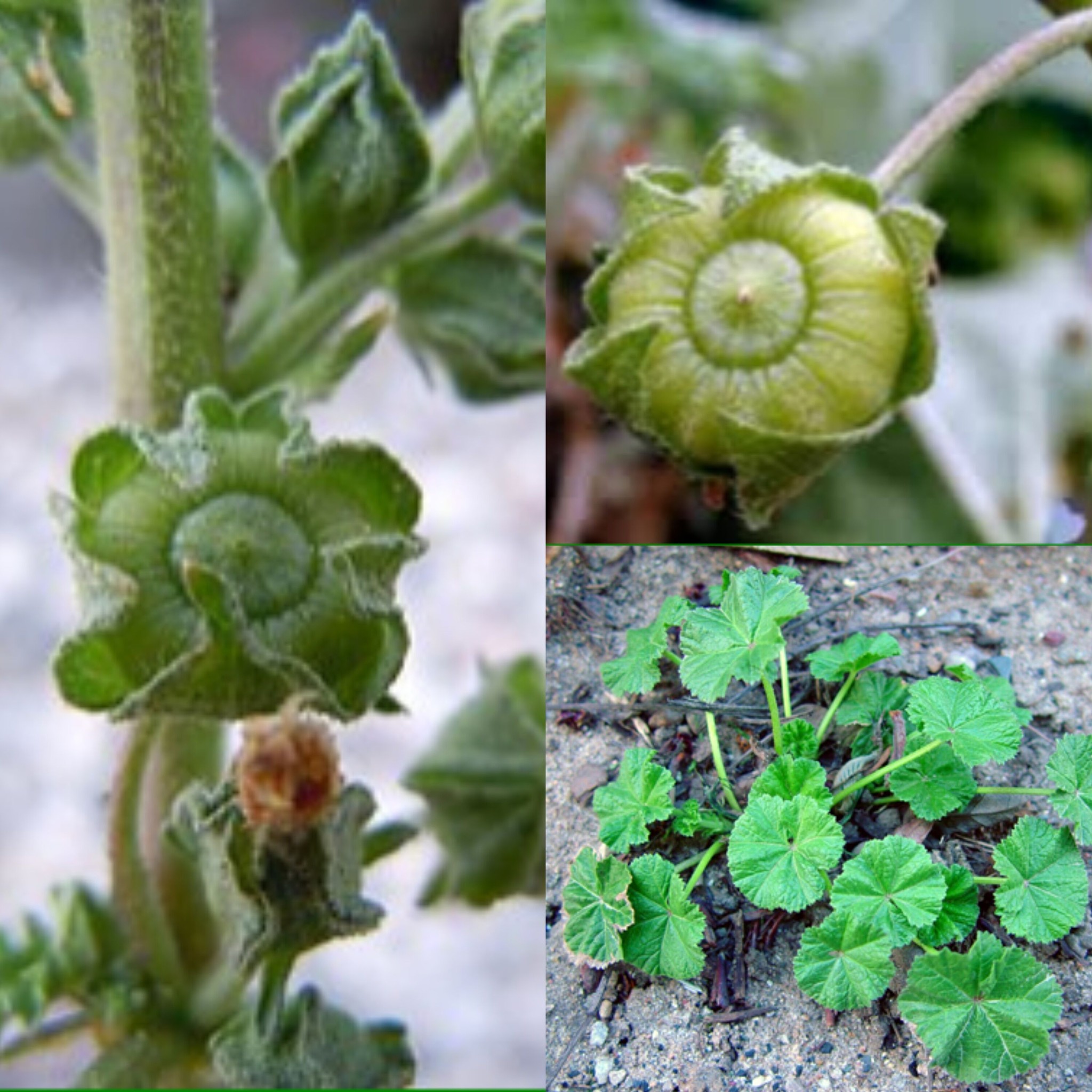The Gentle Giants: Malva Neglecta and Malva Sylvestris in Traditional and Modern Wellness Practices
Few plants, in the enormous tapestry of the botanical world, have blended in with human history and health practices quite like Malva neglecta and Malva sylvestris, also referred to as common mallow and high mallow, respectively. These hardy and omnipresent plants are members of the Malvaceae family, which has been historically and culturally valued for its vast medicinal, gastronomic, and cultural contributions. These plants provide a distinctive fusion of history and contemporary in the quest of health and well-being, with a rich tapestry of folklore, historical usage, and rising scientific studies supporting their benefits.
Uses and Health Benefits
Malva Neglecta (Common Mallow)
Digestive Aid: Common mallow is a great natural treatment for conditions including gastritis, irritable bowel syndrome (IBS), and heartburn because of its calming effects on the digestive tract. It may shield the lining of the stomach, facilitating comfort and healing.
Relief for Respiratory Conditions: Common mallow is important for maintaining respiratory health. It may relieve sore throats, bronchitis, and common cold symptoms by calming inflamed mucous membranes and encouraging mucus ejection.
Anti-inflammatory Properties: The anti-inflammatory properties of common mallow help to lessen pain and swelling in ailments including arthritis and pains in the muscles. Both internally and topically, using a poultice prepared from the leaves or consuming the tea may help reduce inflammation.
Support for the Immune System: Common mallow may strengthen the immune system, allowing the body to fend against infections and oxidative stress. Its antioxidant, vitamin, and mineral content works to strengthen immunity.
Malva neglecta has been historically utilised to promote urinary tract health. It helps eliminate toxins and lowers the risk of urinary tract infections by acting as a diuretic. Its calming qualities can ease pain brought on by urinary tract irritation.
Skin Care: The ability of common mallow to repair skin makes it highly valued. It may moisturise and relieve dermatitis, eczema, and skin irritation. When used topically, it aids in the healing of burns, bites, and wounds.
Rich in antioxidants: Common mallow contains significant amounts of antioxidants that support general health by scavenging free radicals. Due to its ability to lower cholesterol and maintain normal blood pressure, this antioxidant activity promotes cardiovascular health.
Culinary Uses: Common mallow is tasty and nutritious in addition to being good for your health. To lend a nutritional boost to salads, soups, and stews, add the leaves, stems, and blossoms.
A comprehensive approach to health may be obtained by including Malva neglecta into your diet or wellness regimen. This is because the plant has been used for millennia and is supported by current studies. Whether used for its therapeutic qualities or as a wholesome garnish for dishes, common mallow is a vital and adaptable plant in the field of natural health and wellbeing.
